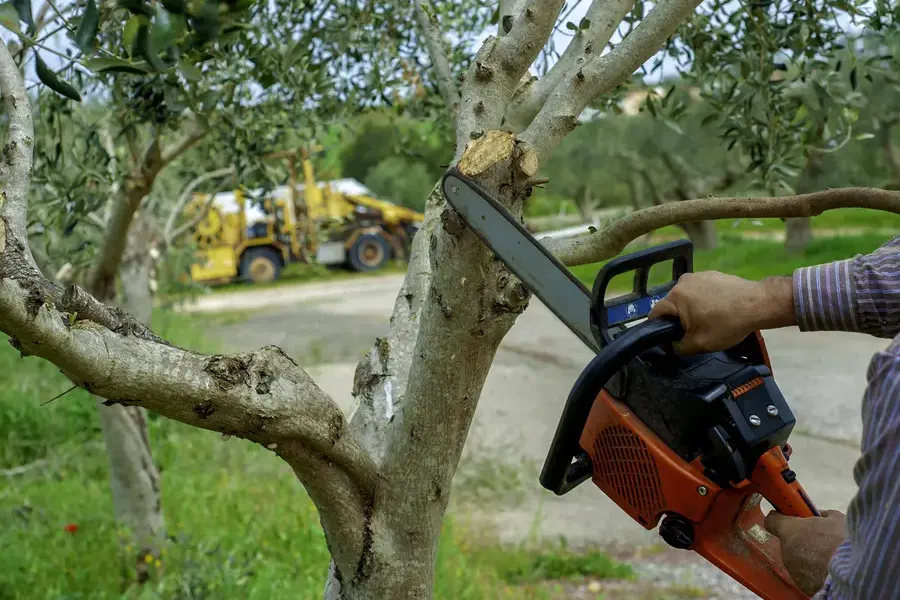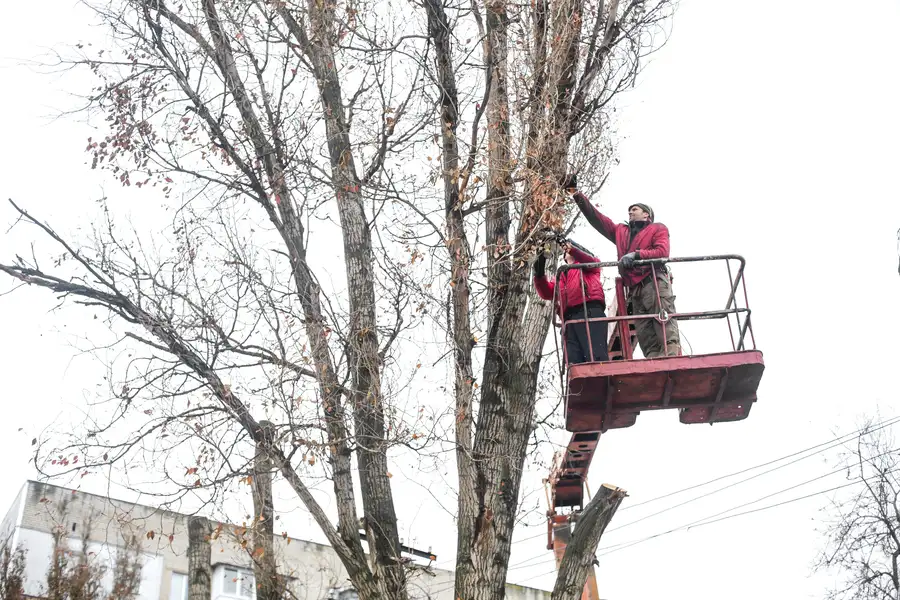Effective Ways to Safely Trim Your Trees
Tackling tree maintenance yourself can be both rewarding and challenging. While it may seem straightforward, trimming trees without proper knowledge can lead to mistakes that harm the trees or create safety hazards. This guide aims to help you understand common pitfalls in DIY tree trimming and offer tips to avoid them. By following these guidelines, you can ensure your trees remain healthy and your property safe.
The Importance of Knowing Your Tools
Before embarking on any tree trimming project, it’s crucial to familiarize yourself with the tools you’ll be using. Not only does this ensure a smoother process, but it also minimizes risks of accidents. Basic tools include pruning shears, loppers, and a handsaw for thicker branches. Each tool serves a specific purpose, so understanding their functions is key to effective trimming.
Recognizing the Right Time to Trim
Timing plays a significant role in tree trimming. Pruning at the wrong time can stress the tree, making it vulnerable to pests and diseases. Most trees benefit from trimming during late winter when they are dormant. This timing minimizes sap loss and reduces the risk of infection. However, always research specific needs for different species as some might have unique requirements.
Avoiding Over-Trimming
A common mistake in tree trimming is removing too much foliage. While it might seem beneficial to clear out branches for light and air, over-pruning can weaken the tree’s structure and reduce its ability to photosynthesize. The general rule is to never remove more than 25% of the tree’s canopy in one session. Following this guideline helps maintain balance and supports healthy growth.
Understanding Tree Health Indicators
Healthy trees exhibit strong limbs, vibrant leaves, and an absence of fungi or pests. Before trimming, inspect your trees for signs of disease such as discolored leaves or unusual growth patterns. If you spot potential issues, it might be best to consult with a professional rather than proceed with DIY methods. Early detection and treatment can save a tree from long-term damage.
Safety Precautions for DIY Projects
Tree trimming involves inherent risks, especially for beginners. To stay safe, wear appropriate safety gear including gloves, goggles, and a hard hat. Always be mindful of your surroundings; keep clear of power lines and unstable ground. If you’re working with tall trees, consider using ladders with extreme caution or hire professionals equipped for high reaches.
- Ensure regular maintenance of your tools
- Check weather conditions before starting
- Work with a partner for added safety
Cost Benefits of DIY Vs. Professional Service
DIY tree trimming can save money but comes with its own set of challenges. Consider whether the cost savings outweigh potential risks like injury or improper cuts. On the other hand, hiring professionals ensures expertise and often results in better outcomes for complex jobs. Weighing these factors based on your comfort level and experience is vital.
Conclusion: Ensuring Healthy Trees Through Proper Trimming Practices
Your commitment to learning about tree care is commendable. Applying the right techniques not only protects your trees but also enhances your property’s aesthetic appeal. Whether choosing a DIY approach or consulting professionals, prioritize safety and informed decisions for optimal results. Contact us today at (352) 635-4624 for guidance tailored to your needs. Based in Sorrento, FL, we at GS Landscape Lawncare LLC are dedicated to helping you achieve beautiful and healthy trees.

